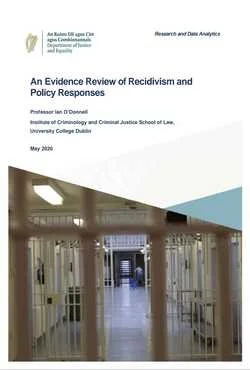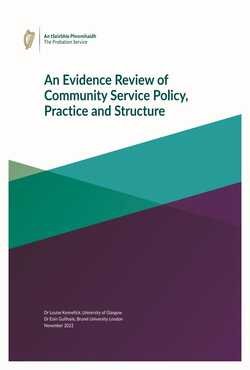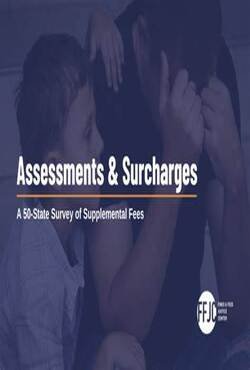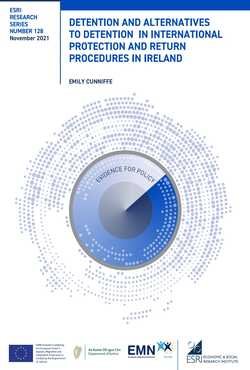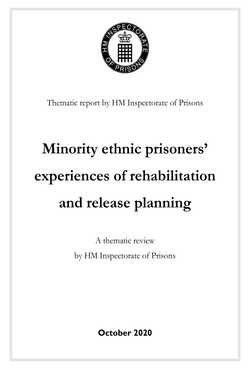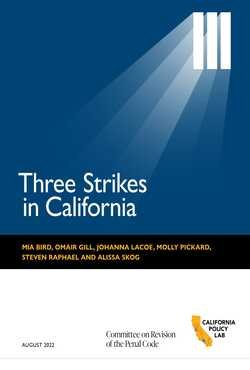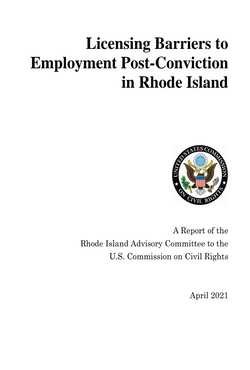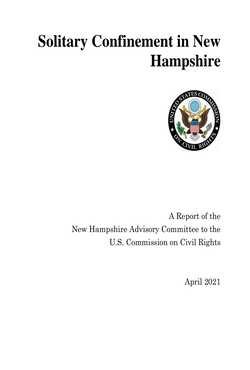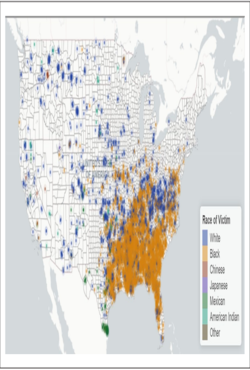By Ian O’Donnell
The Evidence Review of Recidivism and Policy Responses examined:
(i) factors underpinning recidivist and prolific offending behaviour;
(ii) public policy interventions that tackle recidivism and prolific offending; and
(iii) effectiveness of these interventions and likelihood of successful transplantation to an Irish context.
The review findings concluded that:
Suspended sentences or community service can be more effective in terms of reducing recidivism than short terms of imprisonment.
Planned and structured early release, including parole, may reduce recidivism.
Perception of fairness may have an impact on likelihood of recidivism. A perception of procedural unfairness can lead to alienation, resistance and noncompliance whereas a belief that one has been treated fairly may reduce the likelihood of future offending.
There appears to be a significant treatment effect associated with cognitive behavioural interventions delivered both in community and custodial settings.
Dublin: Irish Department of Justice and Equality, 2020. 104p.


